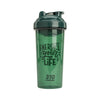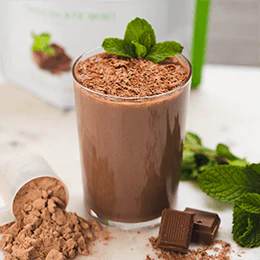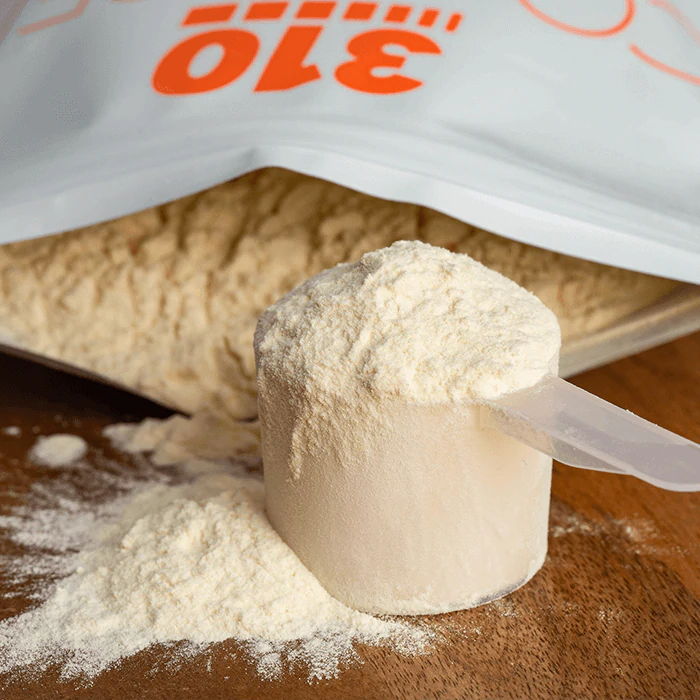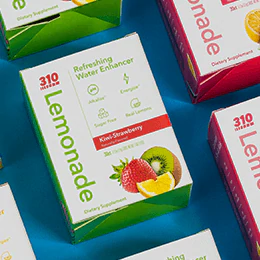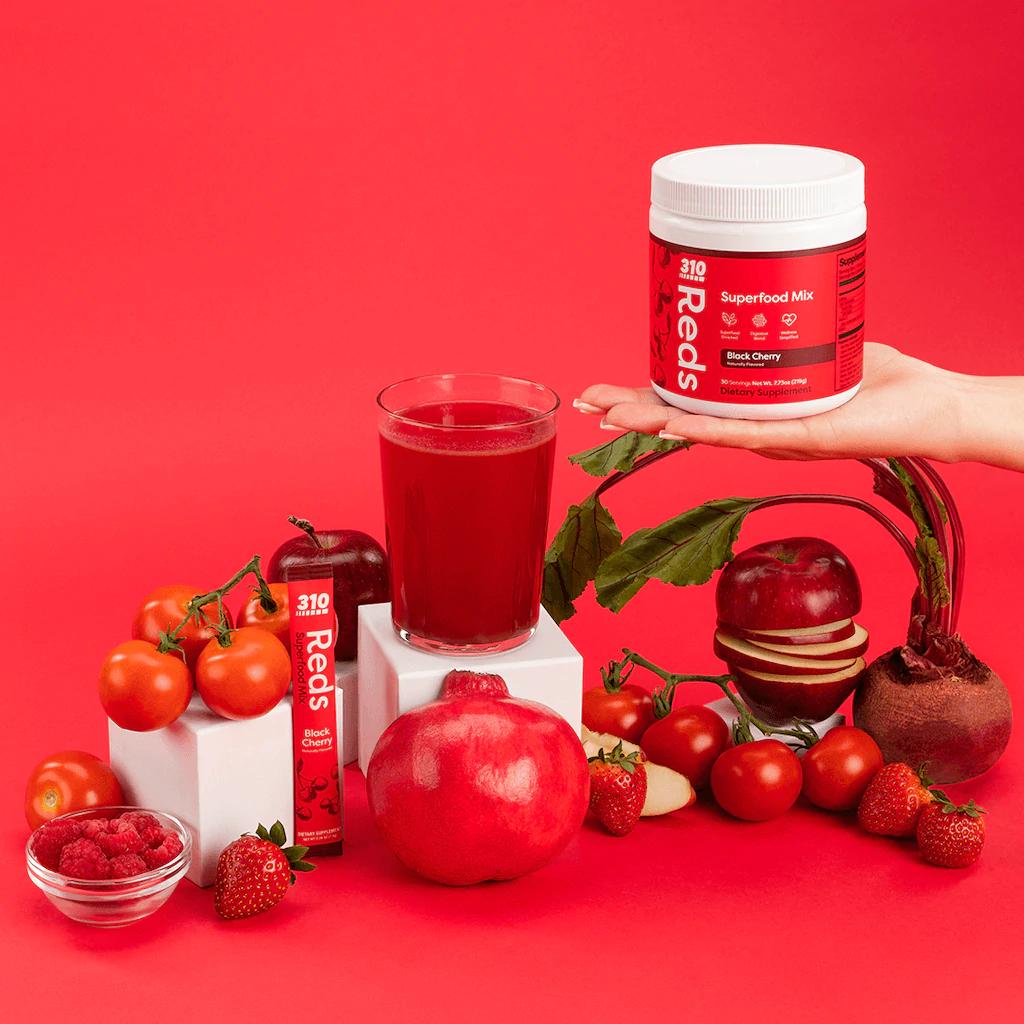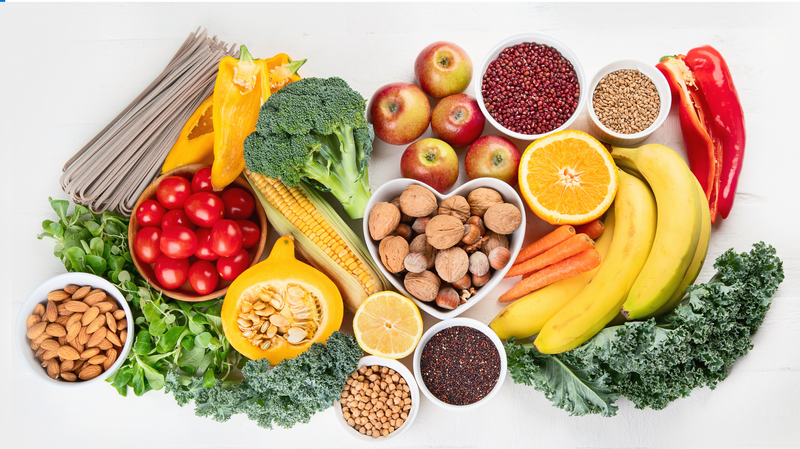If you’re trying to eat a healthier diet and stay away from as many non-nutritious foods as possible, you’ve likely heard the advice from health professionals to consume a plethora of real, “whole foods”. But, what are whole foods anyway? And what makes them different from other foods in your diet?
In this article, we’ll break down exactly what whole foods are, along with the key differences when it comes to whole foods vs. processed foods. Finally, we’ll give you some invaluable tips on how you can (deliciously) get more whole foods into your daily diet!
What Are Whole Foods?
When you think of the term “whole foods”, the words “fresh”, “natural”, and “wholesome” should also come to mind. Basically, these are foods that exist in their most natural state – they aren’t processed and they come the way you would find them in nature. Therefore, these foods are often the most nutritious options to include in your diet, containing natural fiber, protein, vitamins, minerals, antioxidants, omega-3 fatty acids, and more.
When many people think of whole foods, they immediately think of fruits and vegetables – but you may be surprised to learn that other foods fit into this category as well. Examples include legumes, nuts, seeds, whole grains and even meat (local, grass-fed), fish (wild), eggs (cage-free), and certain dairy products (antibiotic- and hormone-free).
In addition, because whole foods come in their most natural state, they are also GMO-free, meaning that they’re not genetically-modified in any way. GMO foods are crops that are altered in a lab to make them resistant to herbicides, or to improve their nutrient profile – but they’re not in their most natural form and are therefore highly-controversial.
Finally, it’s important to note that there’s actually a difference between whole foods and organic foods – although your best bet is to find whole foods that are also organic whenever possible. Though whole foods refer to foods in their most natural state, organic goes a step further in that they do not contain any pesticides or chemicals – so therefore may be healthier for you.
Whole vs. Processed Foods
Now let’s discuss the difference between whole and processed foods. Whereas whole foods, as just discussed, are found in their most raw, unaltered state, processed foods are those that have gone through some type of manufacturing process, stripping them of their natural “character”. Underneath the umbrella of processed foods, there are also different levels of processing – with some foods minimally and other foods heavily-processed.
Pre-cut or pre-washed veggies are an example of a food that has been minimally-processed (basically, they were altered slightly and then packaged to make them more convenient). However, a bag of potato chips would be considered a heavily-processed food. The final product will contain very little, if any, of the benefits of the whole food product, (potato). Instead, there will be a variety of other ingredients included to give flavor and texture, but that can also reduce the health factor.
Foods are processed for different reasons, but commonly it’s to make them more convenient, extend the shelf life, or turn them into something that people consider “more desirable” taste-wise. But, this can come at a cost to your health, since it typically means adding sugar, salt, unhealthy fats, artificial or chemical ingredients, and unhealthy additives or fillers.
Tips for Getting More Whole Foods Into Your Diet
Intrigued by what you’ve read so far?! Great! One of the major problems with American diets today is that people love processed foods and have become too accustomed to them, leaning on them as cornerstones of their diet instead of fresh, whole foods. It definitely takes some time to get used to eating more foods in their whole forms and moving away from processed items, but in the end it’s the most rewarding thing you can do for your long-term wellness!
Here are some ways to get more whole foods into your diet, daily:
1) Shop local and fresh

One of the best places to get fresh, whole foods is your local farmer’s market. Because the foods don’t need to travel from various places around the country to get to the location where you’re shopping, (which is typical when you shop in big grocery stores), it can be picked at the peak of ripeness.
Often, when you buy produce in large chain stores, it was picked far before it was really ripe – and then never had a chance to ripen. Therefore, you get a product that may not be as ripe or taste as good as something that’s grown right in the nearby towns where you live.
In addition, many local farmers are committed to keeping their food (whether it be fruits and vegetables, meat, eggs, or dairy), as high-quality as possible. And for this reason they often don’t use pesticides on their crops; allow animals to roam freely and eat natural food sources such as grass; and don’t use unhealthy animal feeds loaded with corn, soy, antibiotics, and hormones.
With all that being said, not everyone has a local farmer’s market and sometimes they can be more expensive than your local grocery store. So don’t feel like you need to shop at a farmer’s market to be healthy, because that definitely is not the case!
2) Avoid anything in a bag, bottle, can or package

This may seem simplistic, but try to buy as little pre-packed items as possible. This doesn’t mean you have to cut out processed foods completely, but you can definitely try to cut down on them.
Especially on a busy schedule, having frozen vegetables that are ready to cook, or carrots already sliced can be a convenient way to still get veggies into your meals. But as often as possible, try to keep the foods you buy in their most whole form… such as getting fresh fruit versus fruit-flavored snacks, and whole oranges instead of orange juice.
It also goes without saying, that simply for the health aspect alone, it's important to limit the amount of heavily-processed snacks and desserts you eat such as ice cream, cookies, chips, crackers and even cereals – switching them out for more nutritious, whole food options.
3) Read product labels

Whether it’s the package of a chocolate bar, a salad dressing or yogurt container, it’s always important to at least glance at product labels. If you see a long list of ingredients right from the start, that usually means the food is heavily-processed, and you should try an alternative.
In addition, it’s also helpful to know what some of the ingredients are… Believe it or not there are 61 different names for sugar, so getting yourself familiar with those can help you avoid sugar-laden products! In addition, if there are long ingredient names that you can’t pronounce, those are typically different chemical additives and fillers, which should be avoided, if possible.
The only exception to the “long ingredient list” rule is products that contain a lot of vitamins, superfoods, or other wholesome ingredients, such as meal replacement shakes and green juices. In these products, you will see the names of lots of whole foods, which, although they were processed to get them into those products, are still highly-beneficial as part of a balanced diet.
4) Choose whole grain over white

When choosing bread, pasta and rice, try choosing whole grain options over white as frequently as possible. “White” grain products are refined, in order to give them a smoother texture and more desirable taste, but they’re also stripped of many of their beneficial nutrients.
Instead, whole grain options (where one of the first ingredients says whole grain) still have the fiber, vitamins and minerals to benefit health. Some awesome whole grains include oats, wheat and brown rice – but there are also other healthy grains such as amaranth, quinoa, and bulger that make great choices.
5) Switch out your sweeteners
Most people prefer “sweet” foods, but this can come at a cost to health. Try to avoid foods that contain sugar or any type of artificial sweetener – which some studies show can actually increase your appetite and make you crave regular sugar more.
We recommend switching to natural sugar alternatives. Stevia is an example of a natural sweetener that comes from a plant, and studies show that it shouldn't increase your appetite. In addition, honey and pure maple syrup in moderation can be great natural sweeteners that also benefit your health with antioxidants and other nutrients.
6) Drink whole food smoothies

Finally, drinking smoothies that contain lots of fresh, whole foods is a fantastic way to get more of them into your diet – and is wonderful for busy schedules and on-the-go. There are tons of amazingly delicious nutritious smoothie recipes available, and you're bound to find some that you love!
When it comes to smoothies, our #1 tip for success is make sure they’re balanced nutritionally – with optimal protein, fat, carbs, vitamins, minerals and superfoods. This is why we recommend that you add a scoop of 310 Shake into all your smoothies – which contains superior plant-based proteins, great fiber, vitamins, minerals, superfoods, and even probiotics for gut health. In addition, 310 Shakes don’t contain sugar, artificial sweeteners, or unwanted chemical additives.
Want more tips for your healthiest, happiest life? Join the 310 Nutrition Community today and continually check back on the 310 Nutrition blog for health, nutrition and dietary advice to support your personal wellness journey.
Sources:
https://www.downtoearth.org/articles/health-tips/11786/whole-foods-vs-processed-foods
https://foodandnutrition.org/blogs/stone-soup/whole-foods-vs-processed-foods-less-actually-better/
https://naturallysavvy.com/eat/what-does-real-whole-foods-mean/
https://www.12wbt.com/nutrition/healthy/whole-foods
https://blog.mission-health.org/2018/07/26/whole-processed-foods-health/

